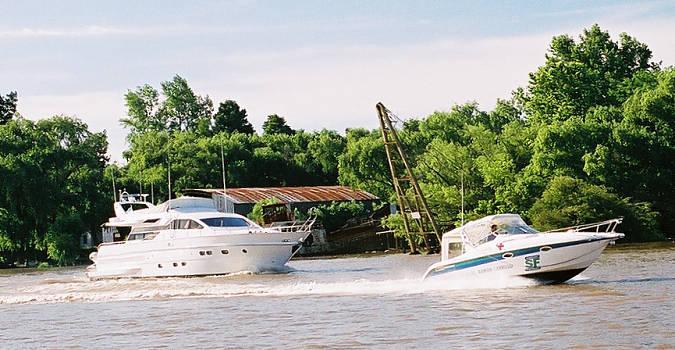Buenos Aires, Buenos Aires Capital, Argentina
Suggest Place to Visit
3788
Track to location with GPS |
 |
The colonization of these lands began with the second foundation of Buenos Aires by Don Juan de Garay. In the document of October 24, 1580, where it records the distribution of land, the basin of the Río de las Conchas is mentioned (a name that refers to the large number of shells that were in the bed of this river and that gave rise to the first name of this town).
A few years later, the Cabildo recognized the existence of different payments on the outskirts of Buenos Aires, including Las Conchas.
With the passage of time these regions were populated by farmers who lived with their families from the products that the land provided them and whose main crop was wheat. Soon the population grew considerably and the town was born, which from then on grew and became socially and economically consolidated.
During the reconquest of Buenos Aires in 1806, Gral. Liniers landed with his army on the shores of the Río de Las Conchas (today Río Reconquista) and organized the reconquest of Buenos Aires at the house of a neighbor in the region where he is currently located. the Museum of the Reconquest.
In 1812 the town was sacked by the royalists. Some time later, several inhabitants of Tigre formed a regiment called ´´Colorados de las Conchas´´, under the command of Colonel José M. Vilela, who fought in the border battles for independence.
In 1820 a flood caused severe damage to the town.
In 1865 the first railway service arrived at Las Conchas, strongly encouraging the development of the area. Until then, the trip between Buenos Aires and Las Conchas took a whole day.
Two years later there was a cholera epidemic (brought by the soldiers returning from the Paraguayan War navigating the Paraná River). The disease devastated the town, manifesting itself more severely here than in Buenos Aires.
On the contrary, during the yellow fever epidemic that affected Buenos Aires in 1871, Las Conchas served as a refuge for wealthy families in Buenos Aires. In this period several large houses were built in the area. Once the disease was eradicated many of these mansions were used as summer residences.
At that time both the city and the Delta were chosen by writers, politicians and other personalities of the moment to spend their vacations or weekends. Among them, the following stand out: Marcos Sastre and Domingo Sarmiento (of whom one of their houses is preserved in the Delta, located on the river that bears his name, where today a museum works).
At the beginning of the 20th century the islands of Tigre became an important producer of fruit and wood. This production was progressively diminishing as a result of the emergence of the Río Negro Valley, a fruit-producing center that had a land merchandise transport system that was cheaper than the river. However, today there are some farms in the Delta where fruit trees are still grown and produce exquisite preserves and liqueurs.
In 1916 the arrival of the electric train bringing a greater number of tourists and increasing the popularity of the Delta islands. In those years the Tigre Club, where the first casino in Argentina operated, and a luxury hotel, the Tigre Hotel, were established in the city as well as some recreations began to appear in the Delta.
Today, the city combines nuances of its splendid past in its great houses of the Belle Epoque and its museums, with a modern infrastructure symbol of its current progress.
Tigre is an important city of the Partido de Tigre in the province of Buenos Aires, Argentina. It belongs to the Greater Buenos Aires.
It has experienced, starting in the 1990s, a huge real estate boom, with the construction of large enterprises such as Nordelta, Santa Bárbara, Santa María de Tigre, Altamira, Villanueva, etc.
How to get to Tigre from Buenos Aires
BY TRAIN
The city of Tigre has two railway stations, TIGRE and DELTA
RETIRO-TIGRE (direct service of the Miter TBA line)
Trains to Tigre depart from Retiro Station, Miter line, platforms 1 or 2. On business days, the frequency of services is every ten minutes until midnight, while on weekends the trains run every thirty minutes. The trip from Retiro to Tigre takes about 50 minutes.
RETIRO-DELTA (connection at Miter Station- de TBA- with Maipú Train Station de la Costa-)
Another alternative is to take the train to Miter Station at Retiro Station, Miter line, generally from platforms 3 or 4, where you can make a connection with the Tren de la Costa. Once you arrive at said station, you must cross the bridge, which is located on Avenida Maipú, and which leads to the Maipú Station of the Tren de la Costa where you can take the train to Delta Station, in the city of Tigre.
The Tren de la Costa has two types of tickets, one valid for the Maipú-Delta route and another that allows the visitor to descend at different stations without paying any extra (you can get off at the stations you want in the same direction). The Tren de la Costa runs every twenty minutes every day.
Remember to observe in the Retiro Station the central panel where information about the next railway services is displayed, indicating the departure platform.
Don't forget to keep your ticket until you leave the arrival station.
COLLECTIVE
The line 60 bus departs from Constitución and has various stops throughout the City of Buenos Aires. It takes about an hour and a half to get to Tigre. The fastest service has a green sign with the word PANAMERICANA (take the highway).
The route of this line is detailed below:
Calle Constitución, Salta, Humberto 1º, Luis Sáenz Peña, Av. De Mayo, Av. Rivadavia, Av. Callao, Lavalle, Ayacucho, Av. Las Heras, Plaza Italia, Av. Santa Fe and others.
The groups in the City of Buenos Aires and Greater Buenos Aires have automatic ticket vending machines that only work with coins.
BY CAR
The fastest access to Tigre is through the Autopista del Sol. The trip takes approximately 30 minutes. Getting to Tigre is easy, just follow the signs for Acceso Norte and Ramal Tigre.
Tigre, formerly known as Las Conchas, was the cradle of important episodes in Argentine history. In the first decades of the 20th century, this area became the favorite destination of the Buenos Aires aristocracy to take their summer vacations. Today the visitor can perceive the history of Tigre in its museums and old mansions that are located in the city.
national historical monuments
Faggionato Warehouse
Old Customs
Peró Family House
Monsegur House
Church of the Immaculate Conception
Monument to the rower
Naval Museum and Naval Center
Quinta Astengo
Quinta Calzadilla
Quinta Los Naranjos
Tigre Club
Comments
We don´t have yet any comments about:
Tiger
Tiger
Be the first to leave a comment as it is very important to inform other people
Outros locais a visitar
Within a radius of 20 km from:Tiger
Passagem de barco pelos canais do Tigre |
| 0,4 Km |
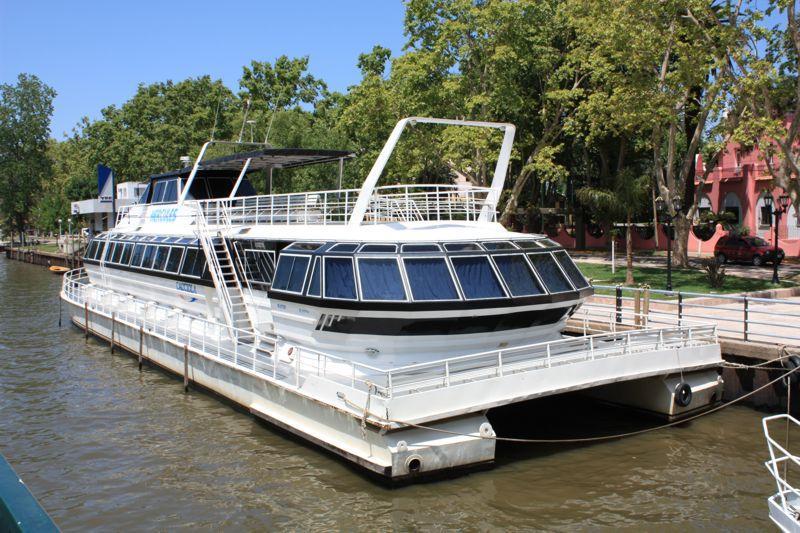 |
Parque de la Costa |
| 0,8 Km |
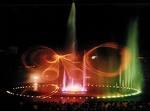 |
Parque de la Costa |
| 0,8 Km |
 |
Museu da Prefeitura Naval Argentina |
| 0,8 Km |
 |
Parque da Costa (Buenos Aires) |
| 0,9 Km |
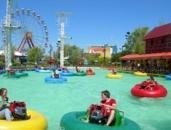 |
Os canais do Tigre |
| 1,0 Km |
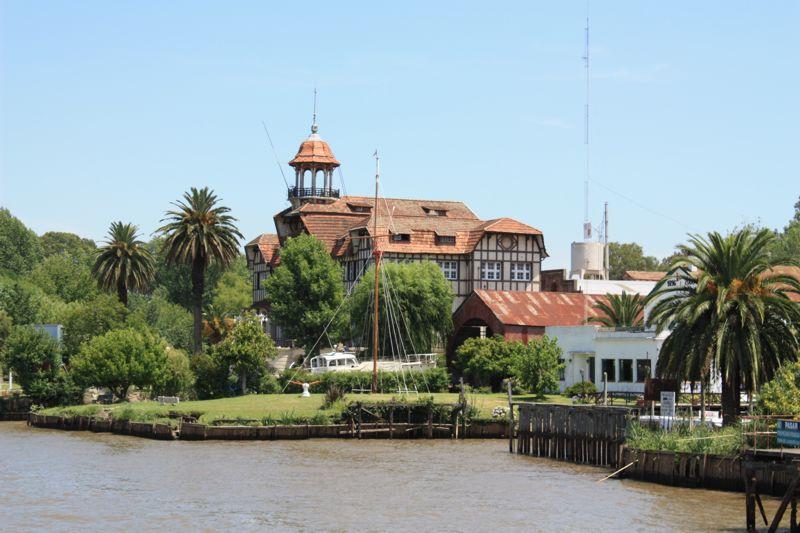 |
Museu da Reconquista |
| 1,3 Km |
 |
Museu Naval da Nação |
| 1,5 Km |
 |
Museu Sarmiento (Tigre) |
| 4,6 Km |
 |
Feira de Artesanato de San Isidro |
| 7,9 Km |
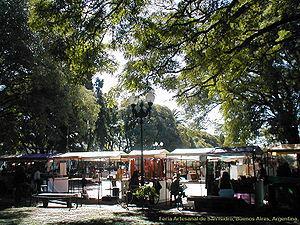 |
Catedral de San Isidro |
| 8,0 Km |
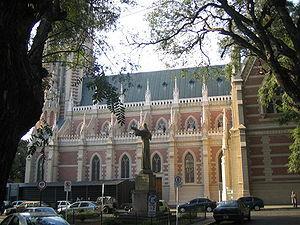 |
Colegio Nacional de San Isidro |
| 8,2 Km |
 |
Museu Municipal de San Isidro ´´brigadier general Juan Martín de Pueyrredón´´ |
| 8,6 Km |
 |
Praça Benjamín Vicuña Mackenna |
| 16,3 Km |
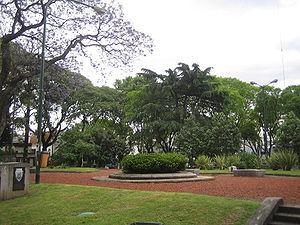 |
Praça 1 de março de 1948 |
| 16,9 Km |
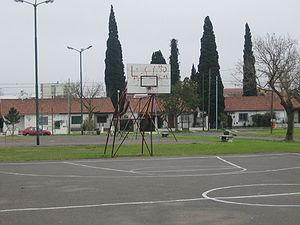 |
Praça Alberdi |
| 17,3 Km |
 |
Museu Histórico Cornelio de Saavedra |
| 17,3 Km |
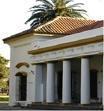 |
Estadio de River Plate |
| 18,0 Km |
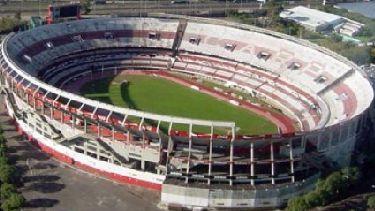 |
Praça Marcos Sastre |
| 18,6 Km |
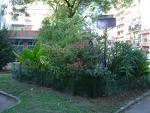 |
Museu da Escultura ´´luis Perlotti´´: |
| 18,6 Km |
 |
Museu Yrurtia House |
| 18,6 Km |
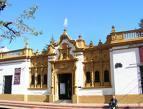 |
Museu de Arte Espanhola Enrique Larreta (Buenos Aires) |
| 19,0 Km |
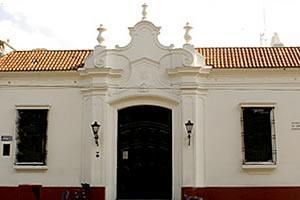 |
Museu de Arte Espanhola ´´Enrique Larreta´´: |
| 19,0 Km |
 |
Museu do Jardim Larreta |
| 19,0 Km |
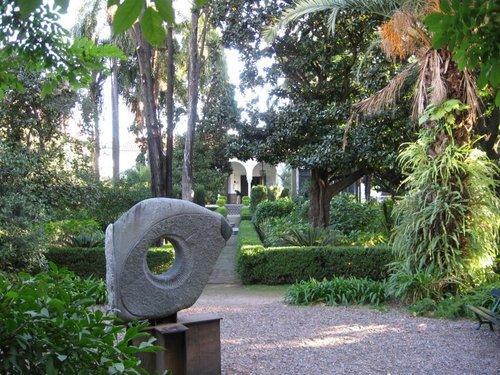 |
bairro chines |
| 19,0 Km |
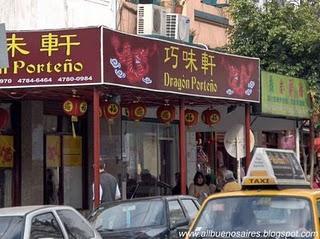 |
Museu Histórico Sarmiento |
| 19,0 Km |
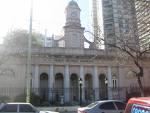 |
Praça Manuel Belgrano |
| 19,1 Km |
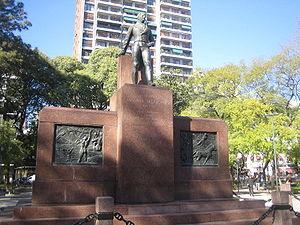 |
Parque Temático Terra Santa (Buenos Aires) |
| 19,2 Km |
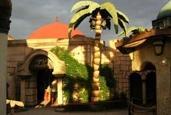 |
Barrancas de Belgrano |
| 19,2 Km |
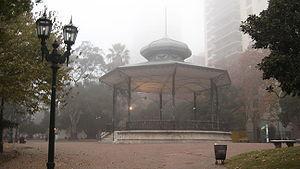 |
Estátua da Liberdade |
| 19,4 Km |
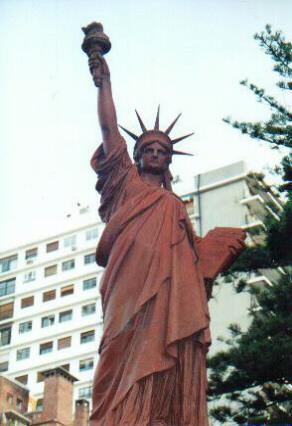 |
Museu do Instituto Nacional de Antropologia e Pensamento Latino-americano |
| 20,0 Km |
 |
Hotel reservation near Tiger within a radius of 20 km
Why to book with ROTAS TURISTICAS
The best prices
Our partnerships with the world´s largest operators offer research on the best market prices.
More options
At Rotas Turisticos you can book the hotel, buy the air ticket, book the transfer from the airport to the hotel and vice versa, book the local excursions, rent the car, take travel insurance and consult the places to visit and where to go.
Holiday Tips & Destinations
Hundreds of holiday destinations with all the options that allow you to easily choose the destination that best suits your dream vacation.
ROTAS TURISTICAS
Links


